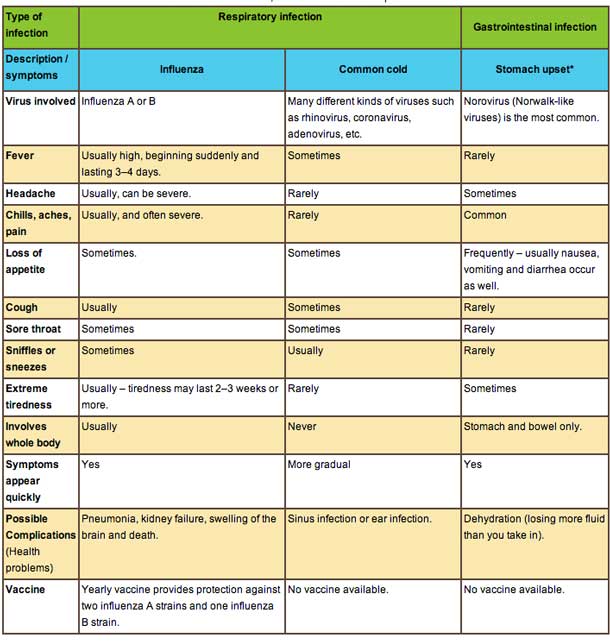

Influenza Don’t Hit the Panic Button
THUNDER BAY – Thunder Bay has had several cases of H1N1 Influenza. It is time to hit the caution button, not the panic button. There have been deaths across Canada from Influenza this year. In Alberta, Minister of Health Fred Horne states, “As of January 1, there have been 965 lab-confirmed cases. In addition, 251 Albertans have been hospitalized due to influenza, and sadly, 5 Albertans admitted to the ICU have died. While these numbers are similar to those from last year, it is concerning that we are seeing younger working age adults being hospitalized”.
Annually in Ontario there are three hundred deaths attributed to influenza.
The key with Influenza every year starts with prevention, getting a flu shot.
And of course while that first step is prevention, part of that is making health choices year round that benefit you. The healthier you are going into flu season, the shorter the influenza illness may hit you.
Keeping properly hydrated is critical, and making healthy choices year round really help a lot. While there has been focus on getting a flu shot, it also takes on average two weeks for the flu shot to build the needed antibodies in your immune system.
How do you know if you have Influenza or just a bad cold? The symptoms are quite similar. Many people with a cold or stomach virus believe it is ‘The Flu’.
Influenza or Bad Cold?

How does the flu virus spread?
The influenza virus spreads mainly from person to person through coughing or sneezing. People can become infected by touching objects or surfaces with flu viruses on them and then touching their eyes, mouth or nose.
Some of the keys are prevention, if you are sick, stay home. If you are coughing or sneezing and do not have a disposable tissue, use your sleeve, not your hand. Everything you touch after coughing or sneezing into your hand can become an influenza transmission surface.
What is the H1N1 Influenza Story?
On December 24th 2013, the American Center for Disease Control stated, “From November through December 2013, CDC has received a number of reports of severe respiratory illness among young and middle-aged adults, many of whom were infected with influenza A (H1N1) pdm09 (pH1N1) virus. Multiple pH1N1-associated hospitalizations, including many requiring intensive care unit (ICU) admission, and some fatalities have been reported. The pH1N1 virus that emerged in 2009 caused more illness in children and young adults, compared to older adults, although severe illness was seen in all age groups. While it is not possible to predict which influenza viruses will predominate during the entire 2013-14 influenza season, pH1N1 has been the predominant circulating virus so far. For the 2013-14 season, if pH1N1 virus continues to circulate widely, illness that disproportionately affects young and middle-aged adults may occur.
“Seasonal influenza contributes to substantial morbidity and mortality each year in the United States. In the 2012-13 influenza season, CDC estimates that there were approximately 380,000 influenza-associated hospitalizations. Although influenza activity nationally is currently at low levels, some areas of the United States are already experiencing high activity, and influenza activity is expected to increase during the next few weeks”.
In 2009, a new strain of the influenza virus, the H1N1 virus was identified. At the time as the H1N1 Flu Virus spread around the world, the World Health Organization (WHO) declared it a pandemic influenza virus. As it was a new strain of influenza and because humans had little to no natural immunity to this virus, it caused serious and widespread illness.
On August 10, 2009, the World Health Organization (WHO) declared that the H1N1 pandemic had entered the post-pandemic period. This decision was informed by epidemiological evidence from around the world showing the H1N1 influenza virus was circulating at lower levels and behaving like a seasonal influenza virus.






